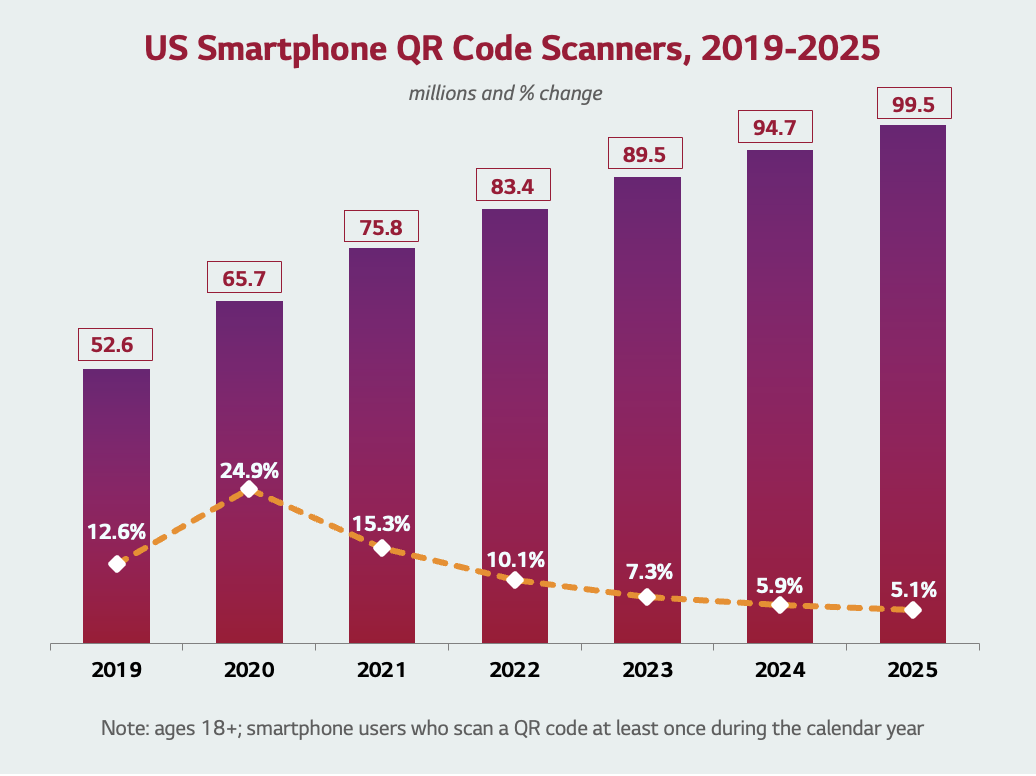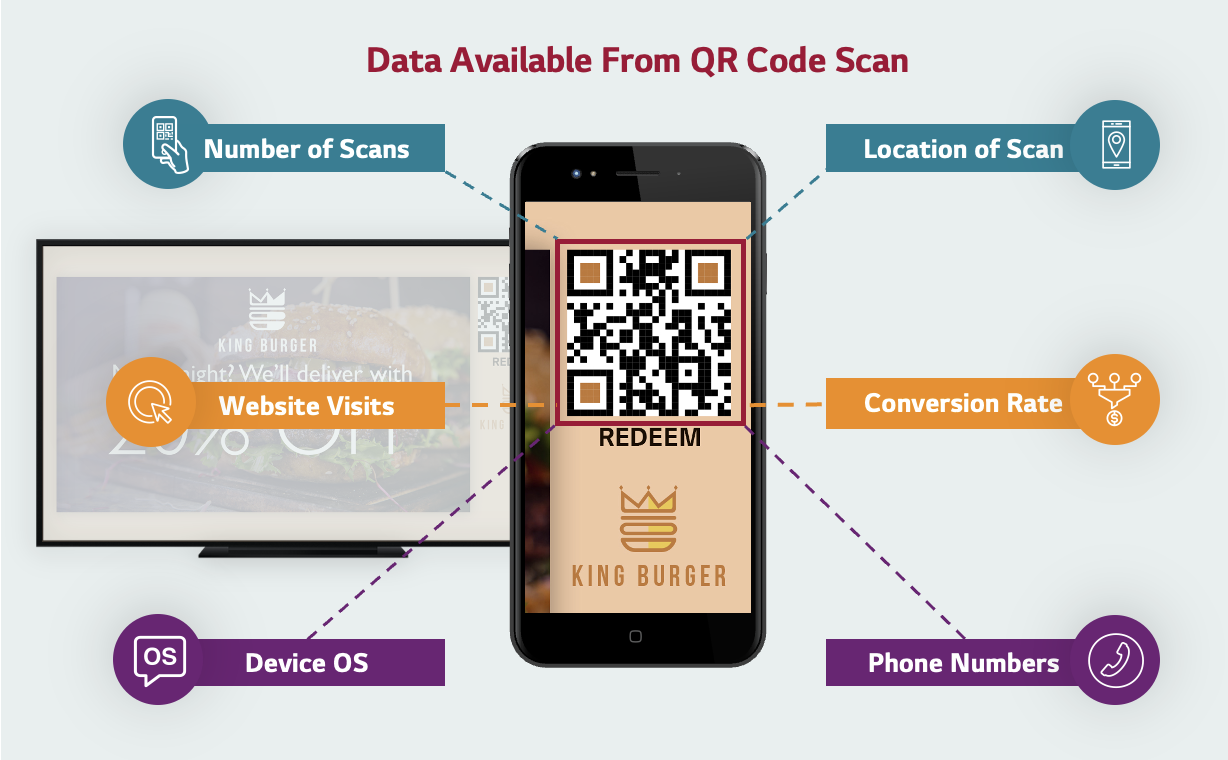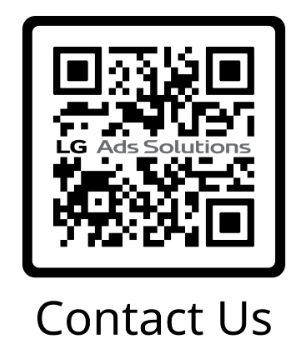When you see a QR code atop a table at a restaurant, on a flier you receive in the mail, or floating across a TV screen , your first instinct is to pull out your smartphone and scan it. This almost involuntary action has become a routine part of everyday life. The numbers say it all — 83.4 million US smartphone users will scan a QR code in 2022, a 10% rise from 2021, and more than 50% from 2019, according to Insider Intelligence. This number is only projected to grow in the next few years.

Quick Recap of The Rise Of QR Codes
The increased adoption of QR codes is in large part due to the pandemic. With ‘contactless’ being the catchphrase of 2020, QR codes helped limit physical interactions that could result in the spread of the Covid-19 virus. Advancements in technology also fuelled the growth of QR codes in almost every industry. Easy and free ways to build a QR code linking to your product or website meant that more brands and businesses could avail this technology. The consumer experience became much easier with the ability to simply use a smartphone camera to scan.
Brands and advertisers quickly realized how this shift in human behavior could propel their business — through QR codes available on TV screens, billboards, public transportation and even in stores. Shoppable ads are the next big thing, with interactive formats allowing brands to showcase products on screens that link to their website directly. The codes can provide scanners with different types of information, from product materials and manufacturing processes to marketing promotions, app downloads and more. On TV screens, QR codes allow viewers to scan and buy products, take advantage of discounts and deals, or download new games/apps directly on their smartphones.
What Are Static VS Dynamic QR Codes?
A static QR code is a fixed, uneditable snippet of code that links to a specific website or page. It cannot be tracked and can be scanned many times. These are useful for situations when you don’t need to change the link, such as for restaurant menus or one-time marketing purposes.
With a dynamic QR code, you can edit the content whenever necessary without having to change or redeploy the code. Here’s a quick example of how it works at LG Ad Solutions — Brands can send us their TV assets and our team will turn them into multiple dynamic template ad variations. Variations are tagged according to data signals, including weather, location, event, time of day, audience preferences, device, etc. Based on these signals, the creative and QR code is updated in real-time to provide the most relevant information to the viewer. It’s a hot August day in New York City? A retail store can target viewers within 3 miles of the store with ads for ice cream!
Measurable Outcomes = Big Wins
QR codes provide a privacy-complaint way of measuring the effectiveness of a campaign. Information on the number of scans, number of bottom-funnel decisions made by consumers as a result of the scan, location data, and time of scan can all be measured using QR codes.
QR codes also provide first-party data on customer behavior, including website visits, coupon codes used, purchases made, and other conversion metrics. Brands can use this data to better understand consumer behavior and optimize for the promotions, creatives, or messaging that performed best.

Interested in learning more about how we can help you take advantage of QR codes to engage with your viewers? Contact us at info@lgads.tv or scan below to send us a message:
